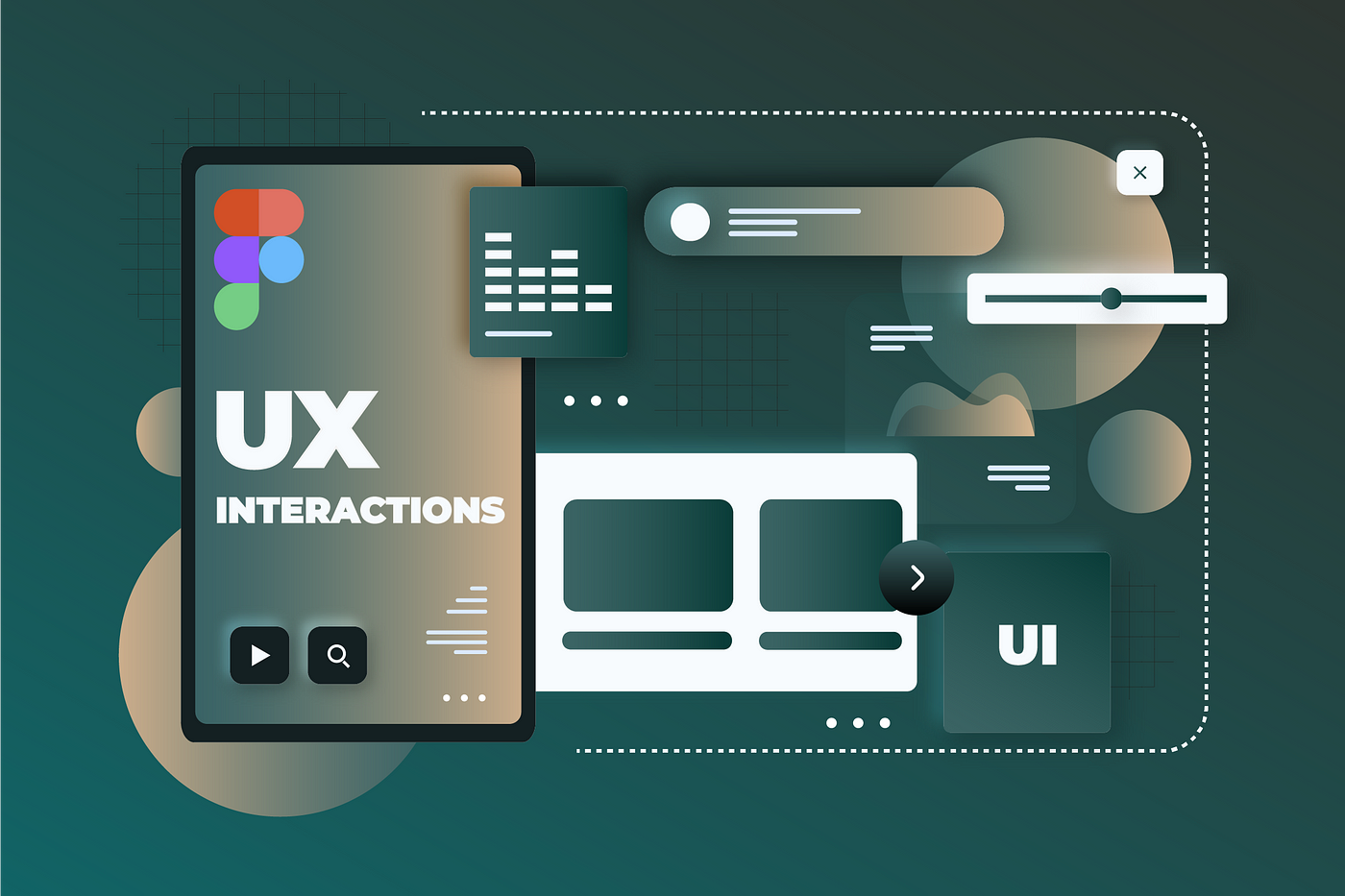
The interface is built around the needs and preferences of the target users.

"Maintain consistency in buttons, colors, and fonts to improve user familiarity and navigation ease."

Important elements should stand out, guiding the user's attention in a logical flow.

Ensure the interface is usable for people with disabilities, such as using screen readers.

Interfaces should allow users to perform tasks smoothly, with clear feedback, animations.

The design should avoid clutter, making it easy for users to find what they need.
What is Interface Design?
Interface Design refers to the process of designing the interaction between users and software, devices, or systems.
It focuses on the usability, aesthetics, and functionality of the interface to ensure that it meets the needs of users while being intuitive and visually appealing.
Key aspects include: